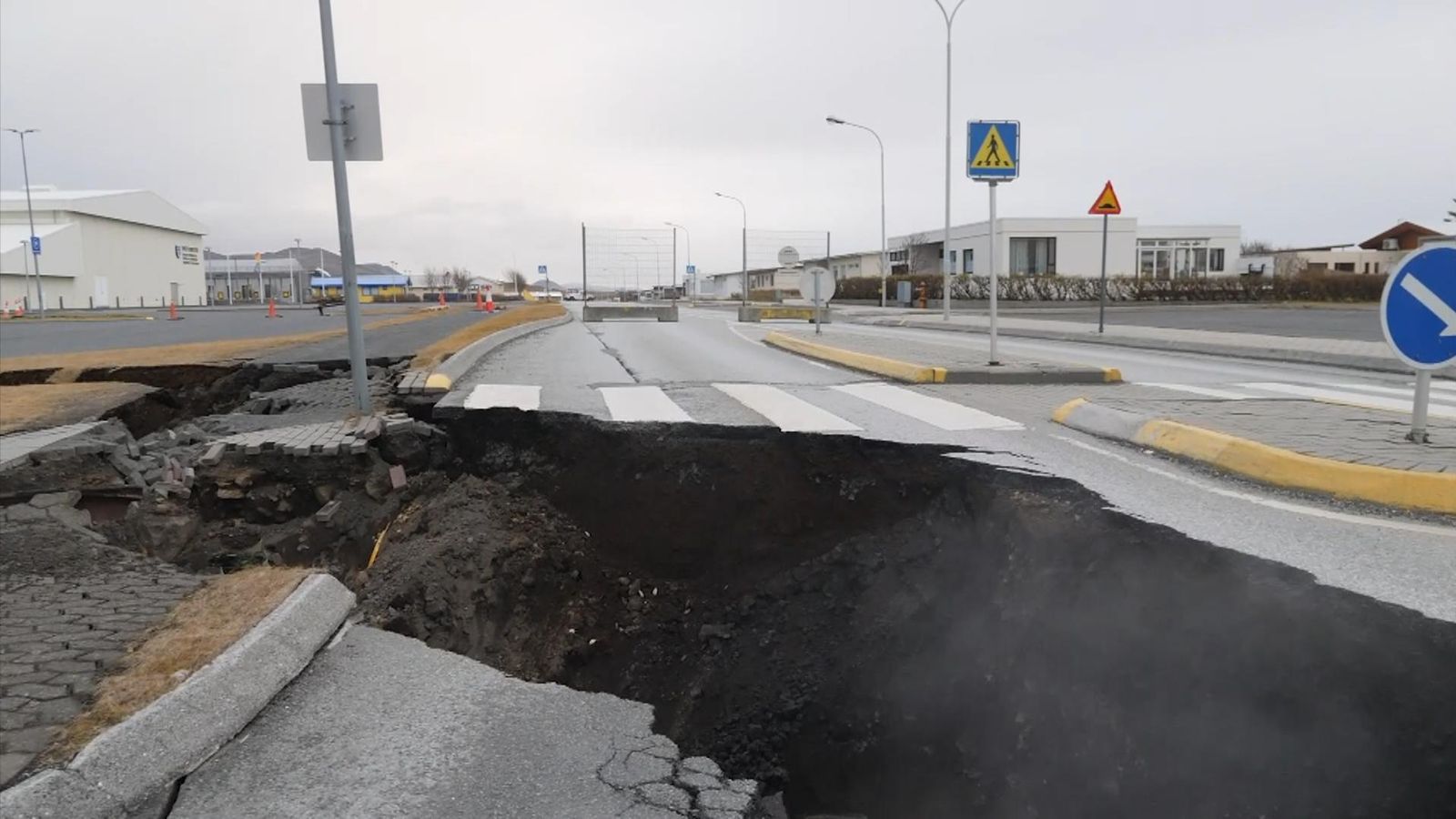A recent study published in the Journal of Geophysical Research: Solid Earth presents advanced simulations of the Húsavík-Flatey Fault Zone (HFFZ), Iceland’s most significant strike-slip fault. By modeling 79 dynamic rupture scenarios, researchers aim to better understand the seismic hazards posed by this fault system.
The simulations incorporate various factors, including fault geometry, stress conditions, and rupture dynamics, to assess potential ground motions resulting from different earthquake scenarios. This comprehensive approach allows for a more nuanced understanding of how earthquakes might propagate along the segmented HFFZ.
Findings from the study indicate that certain segments of the fault may produce stronger ground motions than previously anticipated, particularly affecting nearby communities. These insights are crucial for refining seismic hazard assessments and informing preparedness strategies in Northern Iceland.
By leveraging advanced modeling techniques, the research contributes to a more detailed picture of earthquake risks associated with the HFFZ, emphasizing the importance of continuous monitoring and updated risk evaluations in seismically active regions.
For a deeper dive into the study, refer to the original article: Dynamic Rupture Models, Fault Interaction and Ground Motion Simulations for the Segmented Húsavík-Flatey Fault Zone, Northern Iceland.



